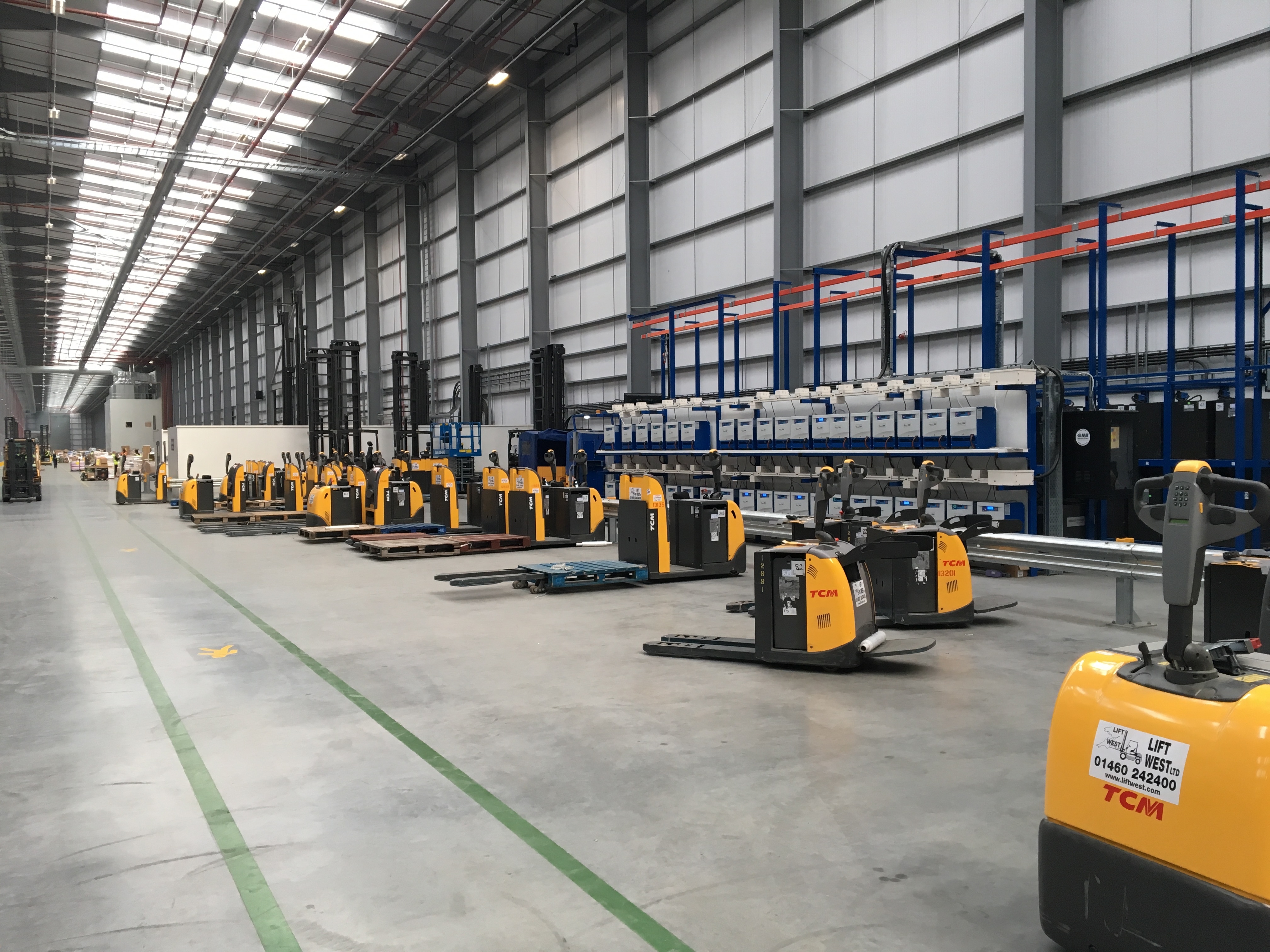Critical Numbers in Manufacturing
No matter what you make, there are critical numbers you have to know if you’re going to be in manufacturing. Run rate, profitability and order...

In the first piece on the Decision Making Model, we focused on data acquisition. Data is critical in manufacturing. In today’s world, things move faster and cost more money than previously. There is no time or money to spare for mistakes, overruns, underruns or lost time in production. Data acquisition is one of the keys to performance here. Data is the new oil in your processes.
Now, we need to talk about information. Once you’ve got the data you need, you’re going to be hungry for information. What does the data mean? What can you do with it? How can you use it most effectively (and here, we mean both from an investment of time and money)? Spreadsheet data is not very useful – it’s just numbers. Data with its context provides information and useful feedback.
Whether you are making one particular part for a single customer that will take you a month or more or tens of thousands of something where the production never seems to end, you have at least one thing in common after the need for good people, a strong process and the right tools and materials to do the work.
You need Intelligent Scheduling which continually provides data with its context. It’s the engine that uses the data (oil) to do useful work.
Some people refer to Capacity Planning. In reality, you need something so much more than that. Capacity Planning insinuates that you could spend hours making sure the work you do is done as efficiently as possible. Optimize one or more areas to perfection in your shop and you’re done; get them all done right and you have an automated assembly line. Because, in today’s production world, nothing ever moves at capacity all the time.
What you really need to know is:
Other than that, you probably don’t care that every machine you own is running at complete capacity. Even if you have more Order volume than you can handle, spending time or money on making the machines 100% productive takes fully automated processes with millions of dollars on customization of shop floor applications or, even worse, people. People have to look to see that your equipment is running at capacity.
And, if you’re anything like the manufacturers that we work with every day, you don’t have extra people to spare. Even if it makes you more efficient, it’s just not resources that you have to spend.
Some people refer to Dynamic Scheduling. This concept is important in the schedule as well, but won’t get you 100% of the way there either. A Dynamic Scheduler simply lets you move the work around. Oftentimes, this means putting a different value in a spreadsheet and letting it re-calculate. [Note here that we absolutely differentiate between true scheduling with schedule control and a spreadsheet-style view of the work on the shop floor. More on that later.]
Moving work around only helps you if you know the consequences of those moves. And, in reality, you need the context of all changes to avoid unintended consequences. You need a scheduler with an algorithm that prevents you from optimizing one order and screwing up several others.
You need a system that:
Truly Intelligent Scheduling knows these things and a whole lot more. It acts like your eyes and ears on the shop floor, understanding the nuances between connected work, workflows and material availability. It should help the people you have that currently manage your schedules to do their work, where they need to, and fill in for them where automation is possible. It doesn’t run you. It helps you run the shop you have.
Ask us more about how an engine like this can help to solve a specific issue you have with getting work done properly or on-time and, if you like, ask us to see what Intelligent Scheduling looks like. We feel it’s so critical for manufacturers of all sizes that we built it standard into our product platform.
To learn more about protecting your shop and keeping production on track, visit www.CIMx.com.

No matter what you make, there are critical numbers you have to know if you’re going to be in manufacturing. Run rate, profitability and order...

We’ve talked before about decision methodology. In brief, the theory we follow for manufacturers is that to stay competitive, you must always make...

1 min read
Pictures solidify messages. Science tells us that we forget most of what we read. (This doesn’t speak well to what you might remember about this...